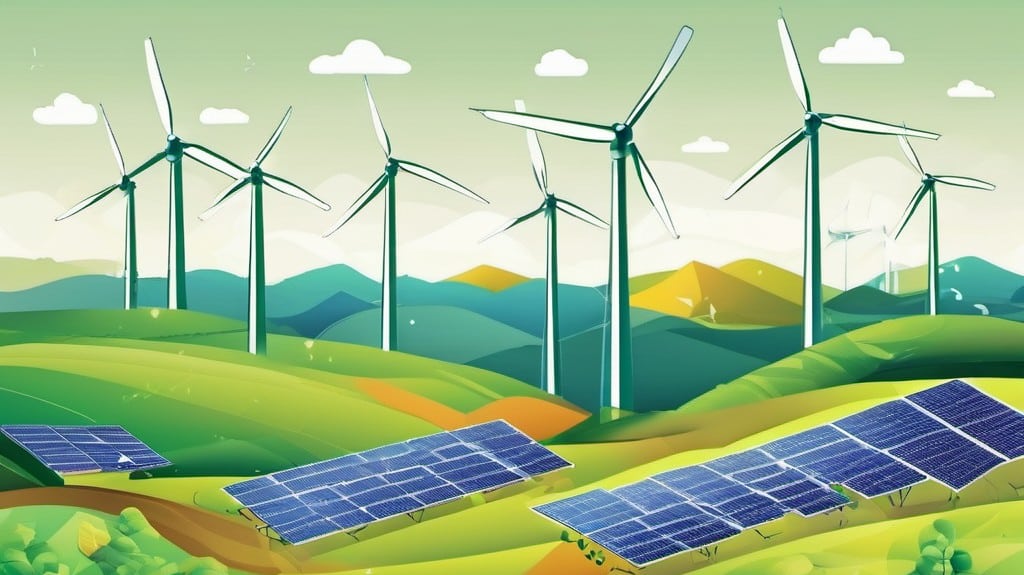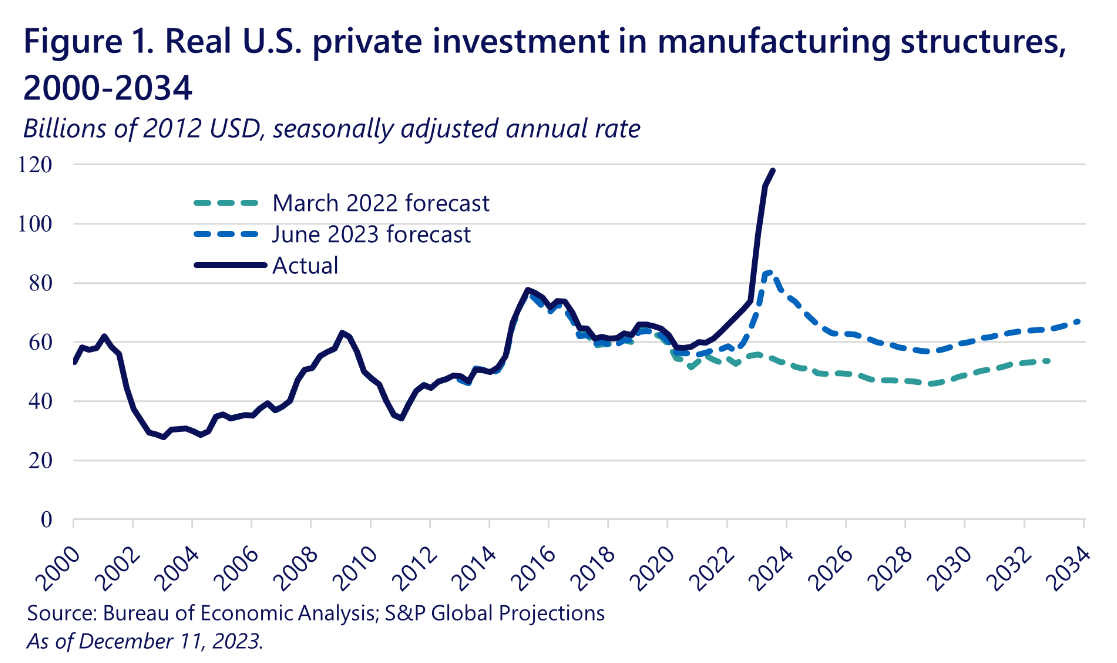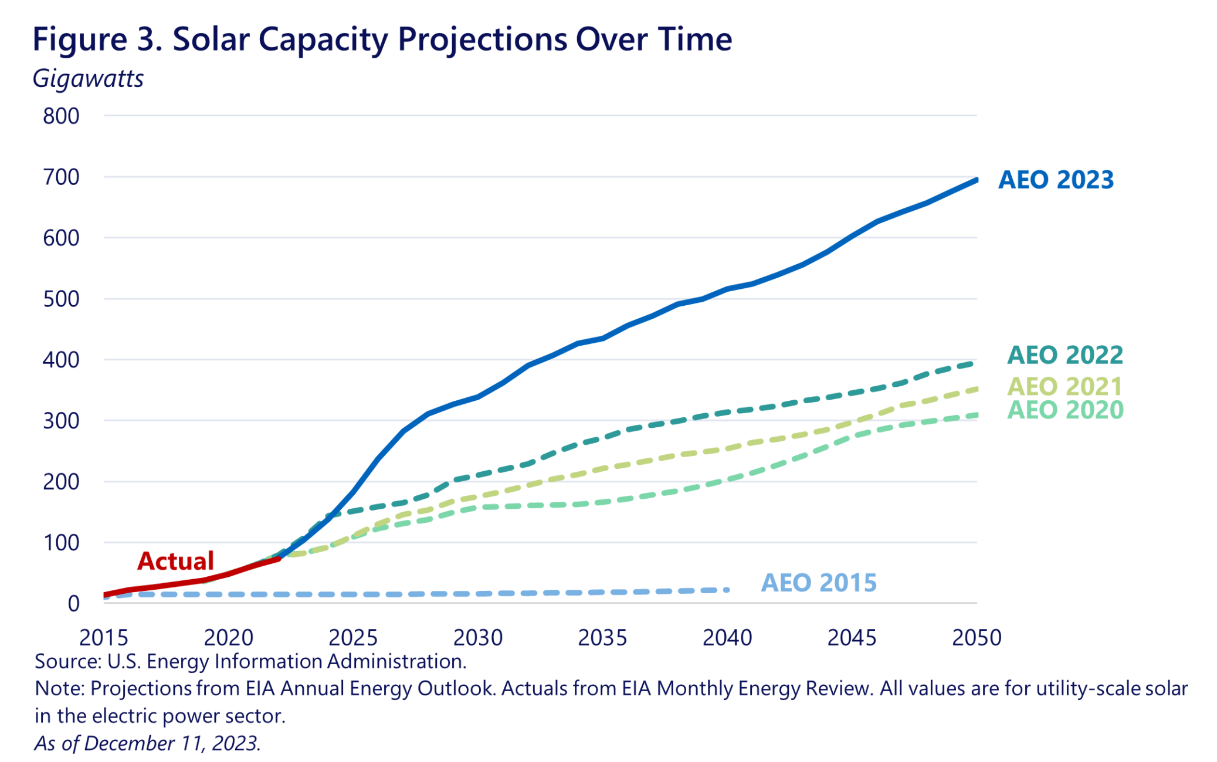As 2023 comes to an end, the Biden administration is highlighting the significant announcements made regarding clean energy manufacturing and clean power since President Joe Biden took office. These announcements have been supported by new laws focused on tackling climate change.
Despite the current high levels of oil production and strong exports of liquefied natural gas, the officials emphasize their commitment to reducing carbon emissions and transitioning away from fossil fuels.
An official particularly highlighted the need to globally shift towards cleaner energy sources. This is the agreement among nations that participated in the COP28 climate summit.
Unleashing the Power of Clean Energy
Since President Biden assumed office in January 2021, private companies have announced investments exceeding $500 billion in “21st century” industries such as semiconductors and electronics.
The figure includes about $360 billion invested in clean energy manufacturing, batteries, electric vehicles, among other sectors. Of this, around $132 billion is for new clean power projects, as stated in the official White House release.
Moreover, the forecasted total for clean power announcements this year, $58 billion, rose by 152% compared to 2021, $23 billion.
The Inflation Reduction Act (IRA) of 2022 largely spurred these investments. The regulation provides tax incentives for clean energy resources and electric vehicles over a decade.
In particular, clean energy manufacturing investments have jumped by over 170% in the past year because of these initiatives, according to the National Economic Council Director Lael Brainard.
The administration’s approach to investing in America’s clean energy future led to this significant surge in investments and job creation.
A separate report mirrored the same trend. Per data from the Clean Investment Monitor database, developed by Rhodium Group and MIT’s Center for Energy and Environmental Policy Research (CEEPR), clean energy is increasingly becoming one of the biggest industries in the U.S.
The CIM data reveals that from July 2022 to June 2023, clean investments amounted to $213 billion. Putting that in perspective, the figure is more than the annual GDPs of 18 U.S. states combined.
The database also found that retail got the most funding, with $113 billion where EVs received the biggest share. Specifically, ZEVs has the fastest growth, with an estimated $70 billion investment over the past year.
Renewables Surge with Expanding Capacities
Since the IRA took effect in August 2022, there have been significant advancements in solar module manufacturing.
The White House presentation also reported announcements of >100 gigawatts (GW) of solar module manufacturing capacity. This capacity could potentially produce enough solar panels to power approximately 10% of homes in the country. The investment represents over $13 billion.
The growth trend extends to wind power production and related manufacturing. The combined onshore and offshore wind energy capacity is anticipated to reach 300 GW in 2030, marking a 43% rise from the EIA’s 2021 projection.
Since the IRA’s enactment, plans have been announced both for onshore wind and offshore wind projects. They include opening of new facilities, reopening of idle ones, or expansion of existing manufacturing facilities.
Same with other industry trends and reports, the White House also touted massive investments made in EV and battery production. The amount has reached a staggering $150 billion since 2021, with additional $39 billion for new energy storage projects.
It does make sense that ZEVs and batteries are getting the spotlight in clean energy investments. The IRA tax incentives promote the manufacture of EV batteries (48C) and clean energy storage (45X).
Apart from IRA, there are two other laws advancing investments in this emerging sector: Infrastructure Investment and Jobs Act 2021 and CHIPS and Science Act 2022.
The effectiveness of these climate-related policies in ramping up the transition to a clean economy will be crucial in achieving the country’s net zero goals. The nation aims to reduce carbon emissions by 50% to 52% below 2005 levels in 2030.
Paving the Way for Sustainable Growth
According to Brainard, the US is on track to reaching its 2030 emissions target.
Industry experts also believe that the legislation helps in scaling up the pace of clean investments in America.
While the current administration officials acknowledge challenges, they affirm their commitment to ensuring the certainty of IRA tax credits. Biden’s senior clean energy adviser, John Podesta, particularly said that:
“We’re obviously committed to ensuring that 10-year certainty [of IRA tax credits] comes through.”
Amidst a monumental year for clean energy investments and manufacturing advancements, the Biden administration underscores its commitment to transitioning the U.S. away from fossil fuels. With over $500 billion investments in clean energy sources, the nation is making substantial strides toward its climate goals.




